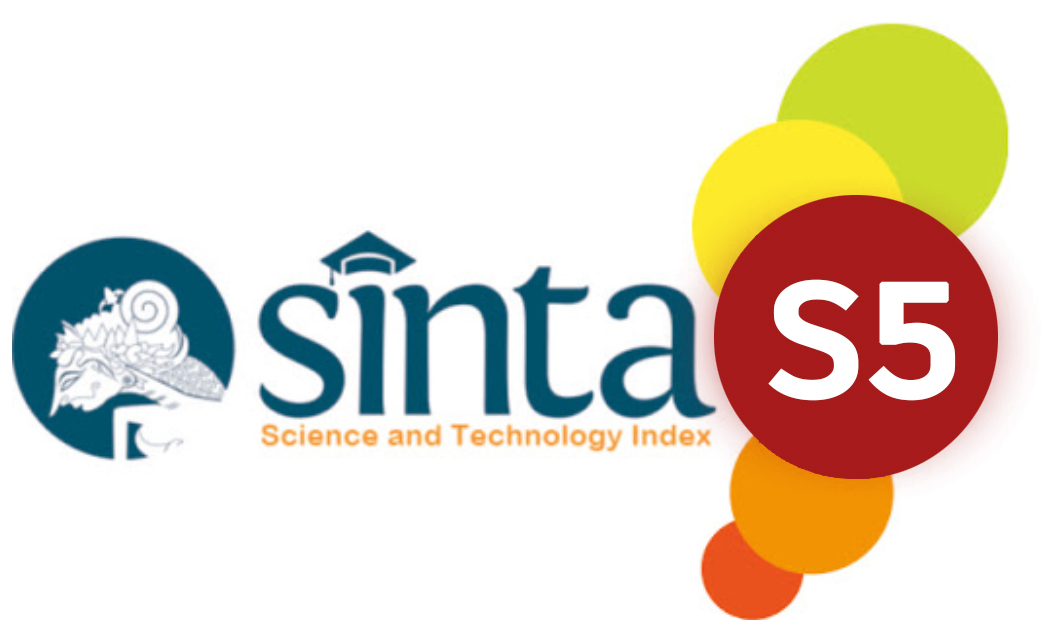Financial Performance of Investment Companies Using the Treynor-Black Method: An Analysis of Risk-Adjusted Returns and Portfolio Optimization
DOI:
https://doi.org/10.31004/riggs.v4i2.457Keywords:
Treynor-Black Method, Portfolio Optimization, Financial Performance Evaluation, Risk-Adjusted Returns, Investment ManagementAbstract
This study evaluates the financial performance of investment firms using the Treynor-Black Method, which optimizes portfolios by combining high-alpha assets with the market portfolio to enhance risk-adjusted returns. The study applies the method to a sample of investment firms to examine its effectiveness in improving key performance metrics, including the Sharpe Ratio, Treynor Ratio, and Jensen's Alpha. The findings indicate that the Treynor-Black Method substantially improves portfolio performance, with optimized portfolios exhibiting higher Sharpe and Treynor Ratios and positive Jensen's Alpha. These results suggest systematic risk management and effective value addition through active management. However, the study acknowledges limitations such as reliance on historical data, potential data quality issues, and challenges in estimating alpha and beta. These constraints highlight the need for careful interpretation and suggest future research directions, including the use of real-time data and alternative optimization approaches. The study provides practical insights for investment managers, offering an enhanced framework for portfolio construction and performance evaluation. It contributes to the field by validating and extending the Treynor-Black Method, enhancing strategies for aligning portfolios with risk-return objectives.
Downloads
References
Aeni, Et Al. 2019. “Penerapan Metode Copy The Master Pada Pembelajaran Menulis Teks Argumentasi Untuk Meningkatkan Kreativitas Menulis Mahasiswa”. Jurnal Pendidikan, Kebahasaan, dan Kesusastraan Indonesia, 3 (2).
Agarwal, V., & Naik, N. Y. (2000). Performance evaluation of hedge funds with option-based and buy-and-hold strategies. Available at SSRN 238708.
Alexander, C., & Dimitriu, A. (2006). Rank alpha funds of hedge funds. In Funds of Hedge Funds (pp. 3–25). Elsevier.
Awrey, D. (2012). Complexity, innovation, and the regulation of modern financial markets. Harv. Bus. L. Rev., 2, 235.
Brown, A. D. (2015). The Power of an Actively Managed Portfolio: an Empirical Example Using the Treynor-Black Model.
Caporin, M., Jannin, G. M., Lisi, F., & Maillet, B. B. (2014). A survey on the four families of performance measures. Journal of Economic Surveys, 28(5), 917–942.
Clarke, R., de Silva, H., & Thorley, S. (2020). Risk management and the optimal combination of equity market factors. Financial Analysts Journal, 76(3), 57–79.
Dzikevicius, A. (2005). Risk adjustment and performance measurement: symmetrical versus asymmetrical measures. Verslas: Teorija Ir Praktika, 6(2), 77–84.
Filip, D. (2013). Returns and persistence of investment fund performance in the Czech Republic. Prague Economic Papers, 3, 324–342.
Hubbard, D. W. (2020). The failure of risk management: Why it’s broken and how to fix it. John Wiley & Sons.
Kane, A., Kim, T.-H., & White, H. (2003). Active portfolio management: The power of the Treynor-Black model. Working Paper, University of California, San Diego.
Kemkhadze, N. (2004). Information and optimisation in investment and risk measurement. University of Warwick.
Lhabitant, F.-S. (2009). Hedge funds: quantitative insights. John Wiley & Sons.
Manap, Abdul., & Ginting, R.U. (2024). Manajemen Investasi dan Crypto Currency. Edisi Pertama. Yagyakarta: YP Adi.
Manap, Abdul. (2024). Manajemen Keuangan dan Investasi. Edisi Pertama. Yogyakarta: YP Adi.
Manap, Abdul. (2022). Analisis Portofolio Optimal pada Saham Perbankan. Al-Buhuts, Jurnal Ekonomi Islam, 18 (2), 221–240. https://doi.org/10.30603/ab.v18i2.2926
Manap, Abdul., Sasmiyati, R. Y., Edy, N., Mustangin. (2023). Pengaruh Bank Indonesia Rates dan Federal Fund Rates terhadap Indeks Harga Saham Gabungan di Bursa Efek Indonesia. Al- Buhuts, Jurnal Ekonomi Islam, 19 (1). pp. 143-161. ISSN 2442-823x
McMullan, M., Endacott, R., Gray, M. A., Jasper, M., Miller, C. M. L., Scholes, J., & Webb, C. (2003). Portfolios and assessment of competence: a review of the literature. Journal of Advanced Nursing, 41(3), 283–294.
Nam, D. (2011). Active portfolio management adapted for the emerging markets. Massachusetts Institute of Technology.
Neely, A. (2005). The evolution of performance measurement research: developments in the last decade and a research agenda for the next. International Journal of Operations & Production Management, 25(12), 1264–1277.
Rao, A., Subramanian, R. A., & Melas, D. (2018). Bridging the Gap: Adding Factors to Passive and Active Allocations. Journal of Portfolio Management, 44(4), 17.
Revelli, C., & Viviani, J. (2015). Financial performance of socially responsible investing (SRI): what have we learned? A meta‐analysis. Business Ethics: A European Review, 24(2), 158–185.
Schneider, C. (2009). How useful is the information ratio to evaluate the performance of portfolio managers? diplom. de.
Smith, J. (2020). Constructing low cost core-satellite portfolios with multiple risk constraints: practical applications to Robo advising in South Africa using active, passive and smart-beta strategies.
Smullen, J. (2001). Transfer pricing for financial institutions. Elsevier.
Stewart, S. D., Piros, C. D., & Heisler, J. C. (2019). Portfolio management: theory and practice. John Wiley & Sons.
Tavakoli Baghdadabad, M. (2018). Drawdown measure and market timing skills: an international empirical study.
Downloads
Published
How to Cite
Issue
Section
License
Copyright (c) 2025 Abdul Manap, Yusnindar Yusnindar, Lilik Swartana Angga Buana, Saut Pane, Mohamad Ramadhan Agung

This work is licensed under a Creative Commons Attribution 4.0 International License.




























